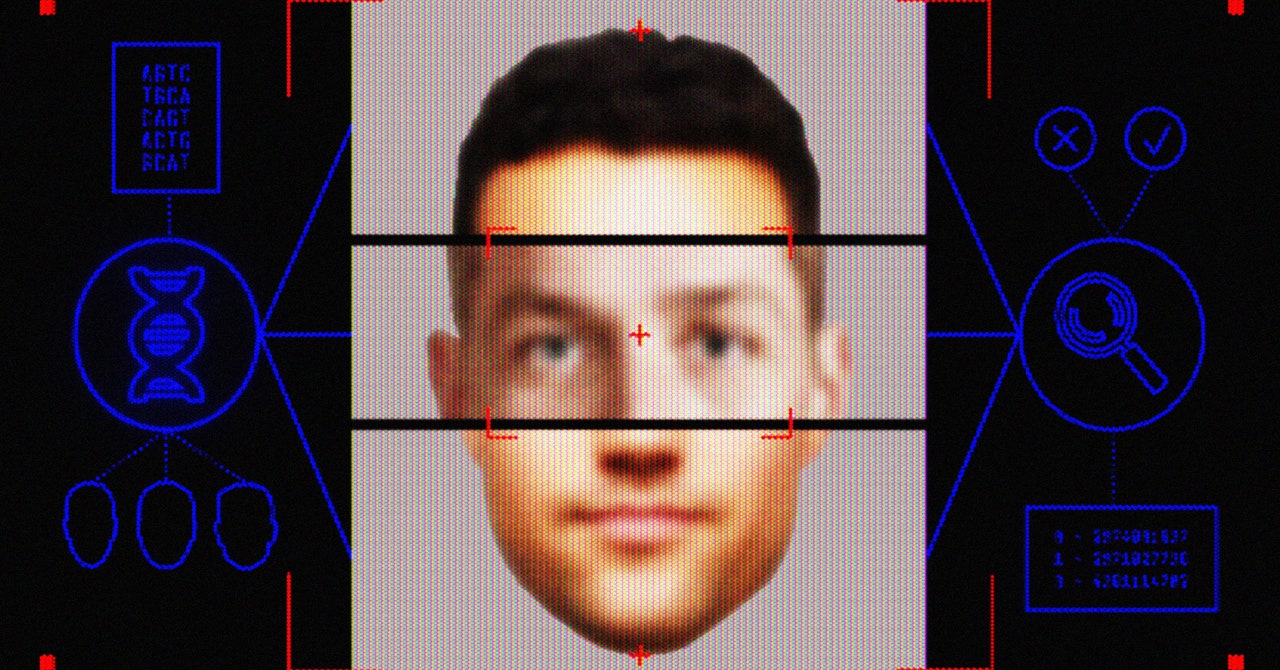For facial recognition experts and privacy advocates, the East Bay detective’s request, while dystopian, was also entirely predictable. It emphasizes the ways that, without oversight, law enforcement is able to mix and match technologies in unintended ways, using untested algorithms to single out suspects based on unknowable criteria.



Next thing you know this will be the new expert witness pseudoscience.
Propublica did an article on that.
https://www.propublica.org/article/understanding-junk-science-forensics-criminal-justice
E.g.
Remember this article when you end up on a jury.
Or sitting behind the defense table.
Beat me to the punch, I was saying just as much, considering the history of forensic science in general. It won’t be long before they’re producing bogus “research” to justify it at a new investigative method.